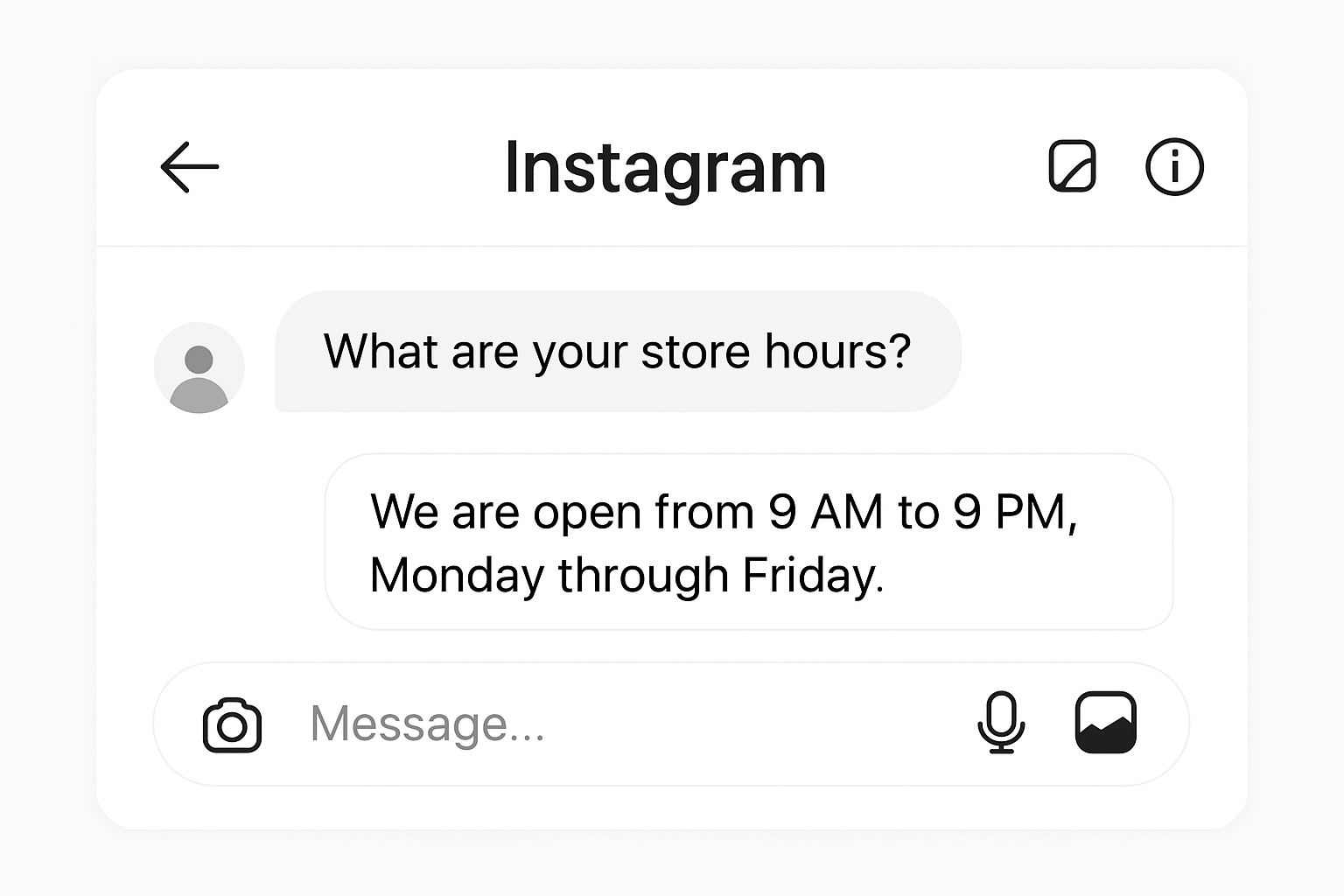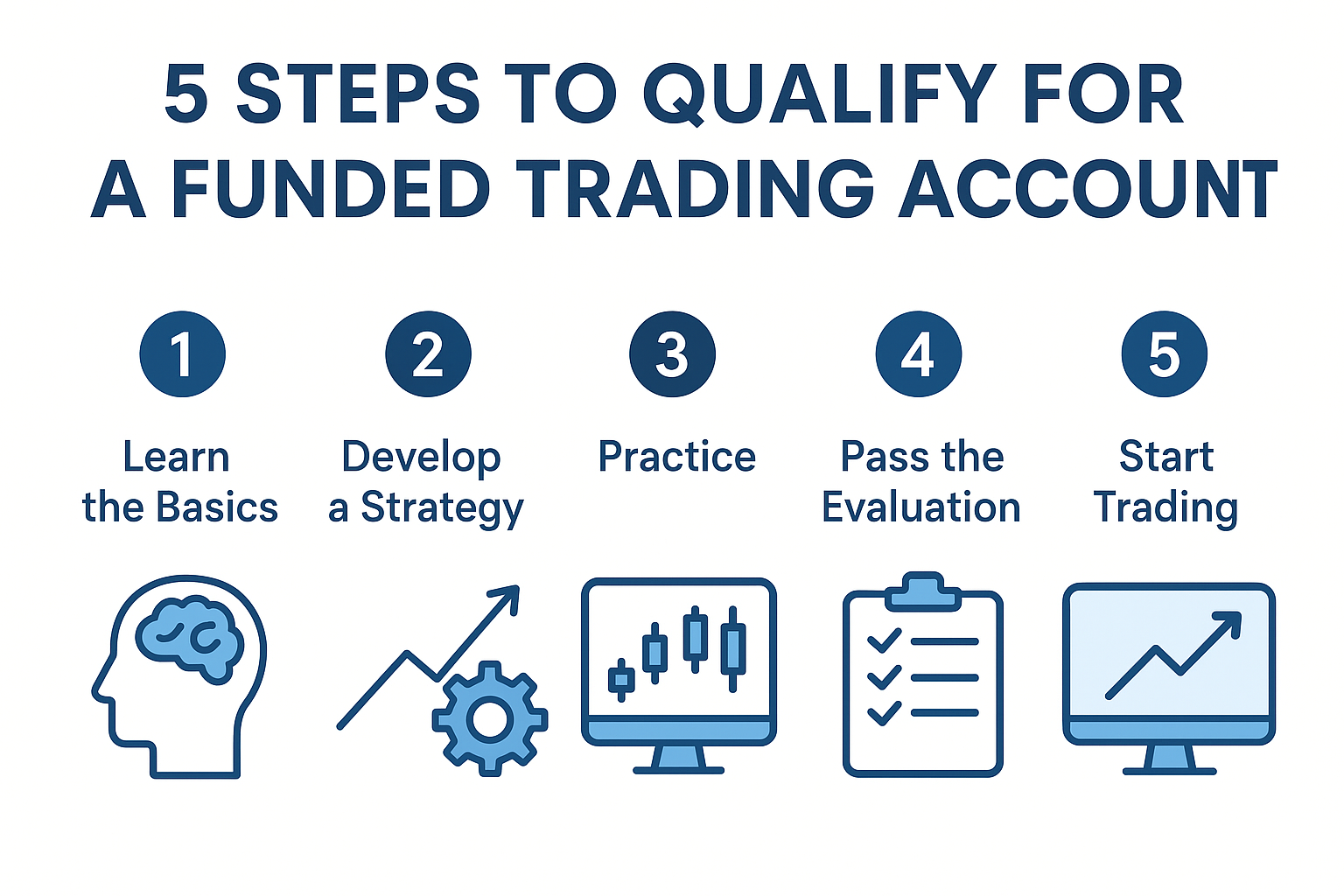Technical SEO: A Deep Dive into Site Speed, Structured Data, and More
- 1 The Importance of Site Speed
- 2 Structured Data: Making Sense of Your Content
- 3 The Role of XML Sitemaps
- 4 Mobile Optimization
- 5 Secure and Accessible Websites
- 6 Outsource Link Building and Other Tactics
- 7 Recap
- 8 FAQs
- 8.1 What is technical SEO?
- 8.2 Why is site speed important for SEO?
- 8.3 How does structured data improve SEO?
- 8.4 What is an XML sitemap, and why do I need one?
- 8.5 How important is mobile optimization in 2024?
- 8.6 How does SSL affect my website’s SEO?
- 8.7 What are some best practices for improving website accessibility?
- 8.8 Is outsourcing link-building a good idea?
- 8.9 How often should I update my XML sitemap?
- 8.10 What tools can help with technical SEO?
In the vast world of search engine optimization (SEO), a specialized area often doesn’t get the limelight it deserves: technical SEO. While on-page and off-page SEO tactics, such as content creation and backlink acquisition, are frequently discussed, the technical aspects that underpin a website’s performance are equally crucial. This article delves deep into the intricacies of technical SEO, focusing on site speed, structured data, mobile optimization, and other pivotal elements that can make or break a website’s search engine ranking.
Key Highlights
- Site Speed: Critical for user engagement and search engine rankings. Improve by optimizing images, leveraging browser caching, and minimizing server response times.
- Structured Data: Helps search engines understand your content, leading to richer search results and potentially better rankings. Use Schema.org and JSON-LD for implementation.
- XML Sitemaps: Sitemaps guide search engines through your website’s essential pages, ensuring efficient indexing. Update and submit sitemaps regularly to search engines.
- Mobile Optimization: Essential due to the rise in mobile traffic and Google’s mobile-first indexing. Focus on responsive design, fast loading times, and easy navigation.
- Secure and Accessible Websites: SSL certificates enhance security and serve as a ranking signal. Ensure accessibility to all users, including those with disabilities, following WCAG guidelines.
- Link Building is still crucial for SEO. Consider outsourcing, but ensure practices are white-hat to avoid penalties. Effective strategies include guest blogging, broken link building, and content marketing.
The Importance of Site Speed

Site speed is more than just a user experience factor; it’s a significant ranking signal for search engines. A fast-loading website ensures visitors stay engaged, indicates to search engines that the site is well-optimized, and provides a good user experience. Google, for instance, has made it clear that site speed is a part of their ranking algorithm. Slow-loading pages can lead to increased bounce rates, negatively impacting SEO.
Key Steps to Improve Site Speed:
- Optimize Images: Large image files can significantly slow down a website. Use formats like WebP for better compression without losing quality. Tools like TinyPNG or ImageOptim can help reduce image sizes without compromising quality.
- Leverage Browser Caching. This technique allows browsers to store certain elements of your website locally in the user’s browser. On subsequent visits, the browser doesn’t need to reload the entire page, significantly speeding up load times.
- Minimize Server Response Times: A quick server response is crucial for site speed. Ensure your hosting provider is reliable, and consider using a Content Delivery Network (CDN) to distribute your content globally, reducing the distance between your server and users.
- Minify CSS, JavaScript, and HTML: By removing unnecessary characters, comments, and spaces, you can reduce file sizes, leading to faster load times. Tools like UglifyJS for JavaScript and CSSNano for CSS can help automate this process.
- Implement AMP (Accelerated Mobile Pages): AMP is a framework designed to load mobile pages faster. It involves stripping a page to its essentials and prioritizing speed and readability.
Structured Data: Making Sense of Your Content
Structured data is a way of formatting HTML that uses a specific vocabulary, informing search engines about a page’s content. By implementing structured data, web admins can help search engines understand the context of their content, leading to richer search results and potentially better rankings.
Benefits of Structured Data:
- Enhanced Search Results: For instance, a recipe page with structured data can display ratings, preparation time, and other relevant details directly in the search results. This enhances the user experience and increases the likelihood of clicks.
- Voice Search Optimization: As voice search becomes more prevalent, structured data helps search engines deliver more precise answers to voice queries.
- Improved Click-Through Rates (CTR): Rich snippets, like star ratings and images, can make your listing more appealing, driving more traffic to your site.
How to Implement Structured Data:
- Use Schema.org Markup: Schema.org provides a collection of shared vocabulary web admins can use to mark up their pages in ways recognized by major search providers.
- JSON-LD Format: This is the preferred format for adding structured data to your site. It’s easier to implement than microdata and less intrusive to the HTML code.
- Testing and Validation: Use tools like Google’s Structured Data Testing Tool to ensure your structured data is correctly implemented and error-free.
The Role of XML Sitemaps

An XML sitemap acts as a roadmap for search engines, guiding them through all the essential pages on a website. Especially for larger websites or those with a significant number of pages, an XML sitemap is crucial. It ensures that search engines can discover and index content that might otherwise remain hidden.
Creating and Submitting an XML Sitemap:
- Generate the Sitemap: Tools like Yoast SEO (for WordPress) or online generators like XML-Sitemaps.com can help you easily create an XML sitemap.
- Update Regularly: Ensure that your sitemap is updated whenever new content is added or old content is removed. This keeps search engines informed of your site’s latest structure.
- Submit to Search Engines: After generating the sitemap, submit it to Google Search Console and Bing Webmaster Tools. This helps search engines index your pages more efficiently.
Mobile Optimization

With most web traffic originating from mobile devices, ensuring a mobile-friendly website is no longer optional. Mobile optimization ensures that users on smartphones and tablets have an experience tailored to their devices. This includes responsive design, fast loading times, and easy navigation.
Key Elements of Mobile Optimization:
- Responsive Design: Ensure your website’s layout adapts to different screen sizes. This involves using flexible grids, layouts, and CSS media queries.
- Fast Loading Times: Mobile users often have slower connections than desktop users. Optimize images, use AMP, and minimize resource-heavy elements to ensure quick load times.
- Easy Navigation: Simplify your site’s navigation for mobile users. Use large buttons, avoid tiny links, and ensure users can easily find what they want without excessive scrolling or zooming.
Google’s Mobile-First Indexing:
Google’s mobile-first indexing approach means that your website’s mobile version is considered the primary version. Websites that aren’t optimized for mobile risk losing significant traffic and rankings. Ensuring your site performs well on mobile devices is now a critical aspect of SEO.
Secure and Accessible Websites
Security is a top priority for both users and search engines. An SSL certificate, which results in the “https” in a web address, is a sign that a website is secure. Not only does this encryption protect user data, but it also serves as a ranking signal for search engines.
Steps to Secure Your Website:
- Install an SSL Certificate: This encrypts the data exchanged between your site and its visitors, protecting sensitive information. Many hosting providers offer free SSL certificates through services like Let’s Encrypt.
- Regular Security Audits: Perform regular security checks and updates to ensure no vulnerabilities in your site’s infrastructure.
- Use Secure Passwords and Two-Factor Authentication (2FA): Protect your admin area and other sensitive site sections with strong passwords and 2FA.
Accessibility:
Ensuring a website is accessible to all, including those with disabilities, can improve user experience and boost SEO. Tools like the Web Content Accessibility Guidelines (WCAG) can guide web admins in making their sites more inclusive.
Key Accessibility Practices:
- Alt Text for Images: Provide descriptive alt text for all images, which helps visually impaired users understand the content.
- Keyboard Navigation: Ensure that all interactive elements can be navigated using a keyboard.
- Readable Fonts and Colors: Use fonts and color contrasts that are easy to read, ensuring text is legible for users with visual impairments.
Outsource Link Building and Other Tactics
While technical SEO is paramount, other strategies must not be neglected. Some businesses rely on outsourcing link building to ensure a steady stream of high-quality backlinks, which remain a significant ranking factor.
Effective Link-Building Strategies:
- Guest Blogging: Write articles for reputable sites in your industry, including links back to your site.
- Broken Link Building: Find broken links on other websites and offer your content as a replacement.
- Content Marketing: Create high-quality, shareable content that naturally attracts backlinks.
Caution with Outsourcing:
It’s crucial to approach this cautiously when outsourcing, ensuring that any outsourced efforts align with white-hat SEO practices. Avoid tactics like buying links or using link farms, as these can lead to search engine penalties.
Recap
Technical SEO, though sometimes overshadowed by its on-page and off-page counterparts, is the backbone of a website’s search engine performance. By focusing on elements like site speed, structured data, XML sitemaps, mobile optimization, security, and accessibility, businesses can ensure that their website is user-friendly and search engine-friendly. As the digital landscape evolves, staying updated with the latest technical SEO practices will be paramount for online success. Whether you’re just starting or looking to refine your approach, prioritizing technical SEO can significantly improve your website’s performance and ranking.
Investing time and resources into mastering technical SEO can yield substantial long-term benefits, driving organic traffic, enhancing user experience, and ultimately contributing to the overall success of your online presence.
FAQs
What is technical SEO?
Technical SEO optimizes a website’s infrastructure to help search engines crawl and index it more effectively. It includes site speed, structured data, XML sitemaps, mobile optimization, security, and accessibility.
Why is site speed important for SEO?
Site speed is a crucial ranking factor for search engines like Google. Faster-loading websites provide a better user experience, reduce bounce rates, and are more likely to rank higher in search results.
How does structured data improve SEO?
Structured data helps search engines understand your website’s content better, leading to richer search results like enhanced snippets. This can improve click-through rates and overall visibility in search engine results pages (SERPs).
What is an XML sitemap, and why do I need one?
An XML sitemap lists all your website’s essential pages, helping search engines discover and index your content more efficiently. It is beneficial for large websites with many pages.
How important is mobile optimization in 2024?
With the majority of web traffic coming from mobile devices and Google’s mobile-first indexing approach, mobile optimization is crucial. A mobile-friendly site ensures a good user experience and helps maintain or improve search engine rankings.
How does SSL affect my website’s SEO?
SSL (Secure Sockets Layer) encrypts the data between your website and visitors, ensuring secure transactions. Google uses HTTPS as a ranking signal, so having an SSL certificate can improve your site’s SEO.
What are some best practices for improving website accessibility?
Best practices include providing descriptive alt text for images, ensuring all interactive elements are keyboard-navigable, and using readable fonts and color contrasts. Following the Web Content Accessibility Guidelines (WCAG) can help make your site more inclusive.
Is outsourcing link-building a good idea?
Outsourcing link-building can be effective if done correctly. To avoid penalties, ensure that the practices align with white-hat SEO strategies. Effective outsourced strategies include guest blogging, broken link building, and content marketing.
How often should I update my XML sitemap?
Your XML sitemap should be updated whenever you add or remove new content from your site. Regular updates help search engines keep track of your latest site structure and content.
What tools can help with technical SEO?
Several tools can assist with technical SEO, including Google Search Console for indexing issues, Google PageSpeed Insights for site speed optimization, and tools like Yoast SEO for structured data and sitemap generation.
















